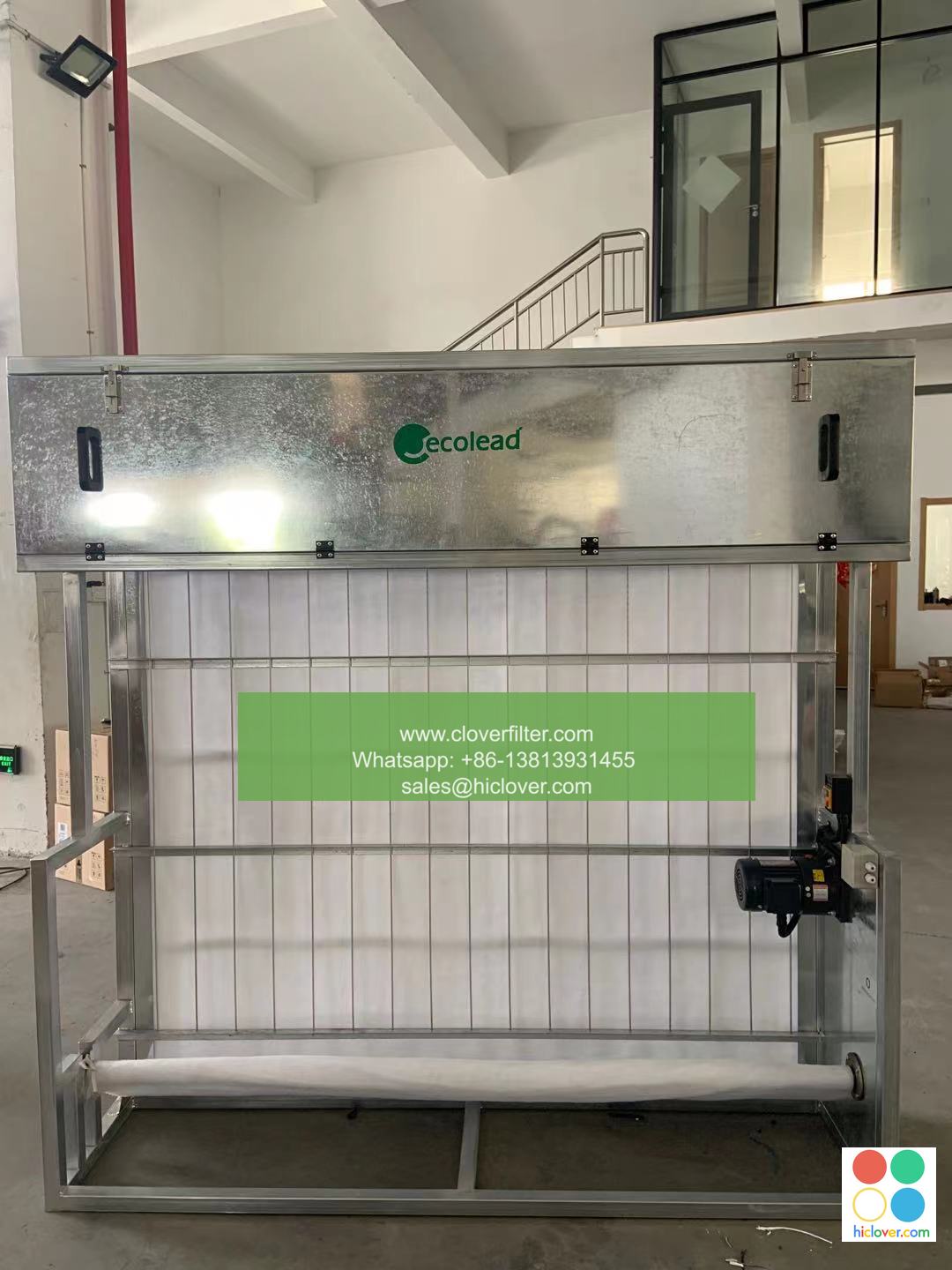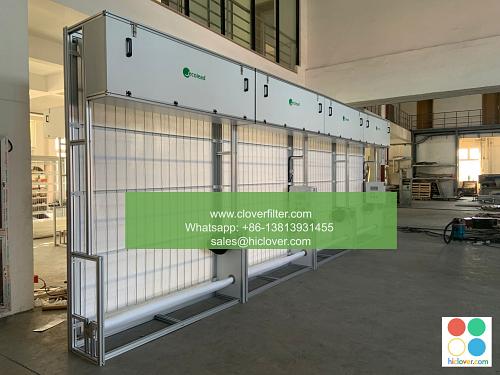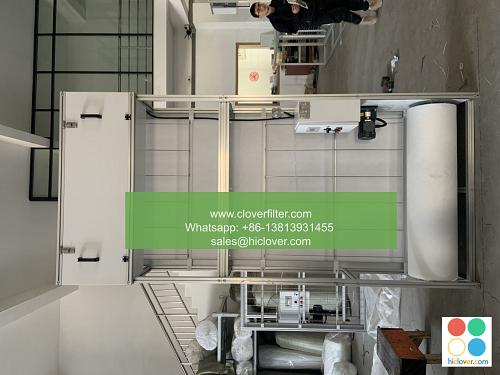The Top 5 Types of Air Filters for Home Use

The Top 5 Types of Air Filters for Home Use: Clean Air, Healthy Living
When it comes to maintaining a healthy and comfortable living space, air quality is crucial. Dirty air can cause a range of problems, from allergies and respiratory issues to headaches and fatigue. That’s why investing in a good quality air filter is essential. In this article, we’ll explore the top 5 types of air filters for home use, highlighting their unique benefits, application areas, and special features.
1. HEPA (High Efficiency Particulate Air)
HEPA air filters are the gold standard for air purification. They’re designed to capture 99.97% of particles as small as 0.3 microns, including dust, pollen, and other allergens. HEPA filters are perfect for households with pet owners, smokers, or occupants with respiratory issues, as they can effectively remove pet dander and other sizable allergens from the air.
- Application areas: Living rooms, bedrooms, playrooms, and home offices
- Special feature: Ability to capture tiny particles and allergens
2. Activated Carbon Filters
Activated carbon filters are designed to remove gases, odors, and chemical pollutants from the air. They’re ideal for households with smokers, pet owners, or individuals who suffer from allergies.
- Application areas: Kitchens, living rooms, and bathrooms
- Special feature: Ability to absorb and neutralize strong odors and gases
3. UV (Ultraviolet) Light Air Purifiers
UV light air purifiers use ultraviolet light to kill bacteria, viruses, and other microorganisms in the air. They’re perfect for households with young children, seniors, or people with weakened immune systems.
- Application areas: Playrooms, play areas, and areas with pets
- Special feature: Ability to destroy microorganisms and pollutants
4. electrostatic Air Filters
Electrostatic air filters use static electricity to attract and trap particles, including dust, smoke, and pollen. They’re suitable for households with moderate allergen levels or for individuals who prefer a quiet, low-maintenance filter.
- Application areas: Living rooms, bedrooms, and common areas
- Special feature: Quiet operation and easy maintenance
5. Cellulose Filters
Cellulose filters are made from natural fibers and are designed to capture larger particles, such as dust and hair. They’re a cost-effective option for households with mild allergen levels or for those who want a basic air filtration system.
- Application areas: Basements, attics, and storage areas
- Special feature: Inexpensive and easy to replace
In conclusion, when it comes to choosing the right air filter for your home, it’s essential to consider the specific needs of your household, including allergies, pets, and overall air quality. By understanding the unique benefits, application areas, and special features of each type of air filter, you can make an informed decision and breathe easier knowing you’re improving the health and comfort of your home.
Key takeaways:
- HEPA filters are ideal for households with severe allergies or pet owners
- Activated carbon filters are perfect for households with smokers or pet owners
- UV light air purifiers are suitable for households with young children or seniors
- Electrostatic air filters are quiet and low-maintenance, making them perfect for living areas
- Cellulose filters are a cost-effective option for mild allergen levels or basic air filtration
Remember, a good air filter is an investment in your health, comfort, and living space. With the top 5 types of air filters for home use, you can create a cleaner, healthier, and happier home.
I’m excited to assist you! What would you like to talk about or ask? I can help with a wide range of topics, including:
1. Answering questions on a specific topic
2. Generating ideas for writing or creative projects
3. Offering language-related suggestions or corrections
4. Discussing random topics or interesting facts
5. Engaging in a fun conversation
What’s on your mind?


